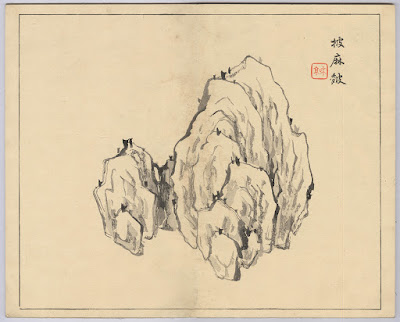Léon Mauduison (fl.1848–1886)
“L'Étoile de la Mer” (The Star of the Sea), c.1870, after Raphael’s (aka Raffaello Santi) (1483–1520) painting in the collection of the Scottish National Gallery, “The Virgin and Child” (aka “The Bridgewater Madonna”), c1507, printed by Lemercier & Cie (fl.1827–1899) in Paris.
Engraving and etching on cream chine collé on heavy wove paper.
Size: (sheet) 43.1 x 31 cm; (plate) 32.1 x 22 cm; (chine collé) 26.6 x 19.4 cm; (image borderline) 15.6 x 11.5 cm.
Lettered on plate below the image borderline: (left) “RAPHAEL PINXT.”; (Centre) “Imp. lemercier et Cie. Paris./ L’ÉTOILE DE LA MER.”; (right) “MAUDUISON SC.”
Condition: richly inked and well-printed, near faultless impression with wide margins in museum-quality/near pristine condition (i.e. there are no tears, holes, folds, abrasions, losses, stains, foxing or signs of use).
I am selling this superb engraving of Raphael’s “The Bridgewater Madonna” in near pristine condition for AU$220 (currently US$143.18/EUR129.78/GBP111.66 at the time of this listing) including postage and handling to anywhere in the world (but not, of course, any import duties/taxes imposed by some countries).
If you are interested in purchasing this small masterpiece of nineteenth century engraving, please contact me (oz_jim@printsandprinciples.com) and I will send you a PayPal invoice to make the payment easy.
Regarding Raphael’s painting translated into line and dot in this engraving, the Scottish National Gallery offers the following insight:
“Raphael made many drawings and paintings of the Virgin and Child, in part inspired by the work of Leonardo da Vinci in Florence. Here he achieved a particularly graceful combination of poses, with an elegant twist (contrapposto) in both. The exchange of glances further emphasises the tender relationship between the beautiful mother and child. Technical analysis has revealed that the artist originally painted a landscape background. Raphael may have decided that a dark setting was a better foil for the subtle modelling of his figures in light and shadow. The painting was probably made as a devotional image for a private chamber”
























































